With my SCA Forestry/14th Century project I made an outfit just to get started, and dove right in on the herbs. Before I go further I am really diving into reading to build a better framework from the ground up.
To be fair, this is also much easier to research with an aim towards persona building than anything I have done before. The materials are readily available and mostly in English. This is entirely unheard of for me, and it is rather refreshing.
You can view most of my library for this subject matter HERE, though I still do have a few more books to add.
Below I am going to review two of the items that read this past month that immensely helped me set the stage for the work I plan to keep doing.
|
|
The first book I want to talk about is the Time Traveler’s Guide to Medieval England, by Ian Mortimer. This book was an exceedingly easy read, with a comfortable casual tone that I found engaging while still being informative. It answered a ton of questions about life during the period that I had already tried to source elsewhere with incomplete success.
I loved Medieval history in college (not as much as ancient history), but none of this focuses on the daily lives of the people in the period. This book has short chapters which cover pretty much every topic available. Who could read an write in period? What were the social classes? How did people rest, worship or be entertained? What did they eat? What did the live in? How were villages, towns and cities organized? What did medicine look like in the period? How did they tell time? I had a few small quibbles with things here and there, but over all, I loved the book. It gives you enough information on a topic that you can go forth armed with the keywords or names needed to do further research. Much of the information is backed by states from the period (census records, wills, and other written items from the period). If you are considering 14th Century England and need an enjoyable background to help start building things out, I feel this is a decent starting place. |
|
|
The next book I read isMedieval Medicine by Toni Mount. This book was pretty fantastic all around. As with the above, I would consider this “light reading” compared to my normal fare of archaeological reports. The book was vastly entertaining overall.
First, the book basically follows the progression of medicine through the Middle Ages in Europe (largely focused on England, but other cities known for their medical schools also are frequently discussed). Through this book I became familiar with who the famed professionals of the period were, as well as those from much earlier times on whose works they relied. The concepts of medical thought were well explained, and including some of the weirder treatments that make you just weird out. This was balanced with brief information on cures that likely did work in period and notes on how they are still used today or with references to more modern studies on the items. Also important to me was understanding the structure of medical practice in period, and the division of physicians, surgeons and apothecaries in period, as well as the education or apprenticeship of each. If you have even a mild interest in medieval European medicine, or just want an informative and entertaining read, I cannot recommend this book enough. |
A Wandering Elf participates in the Amazon Associates program and a small commission is earned on qualifying purchases. This commission allows the purchase of more books!


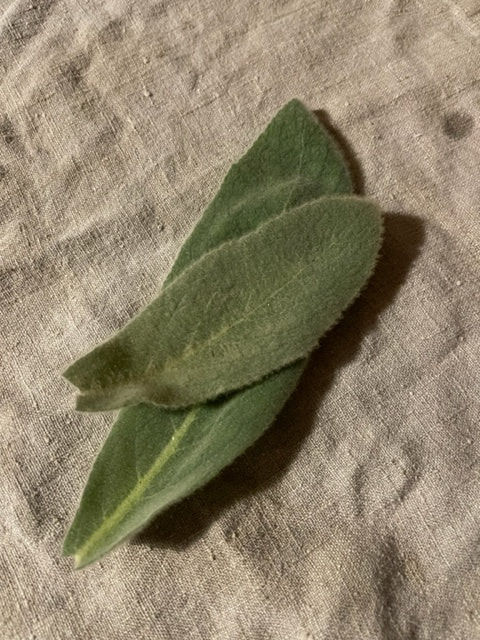

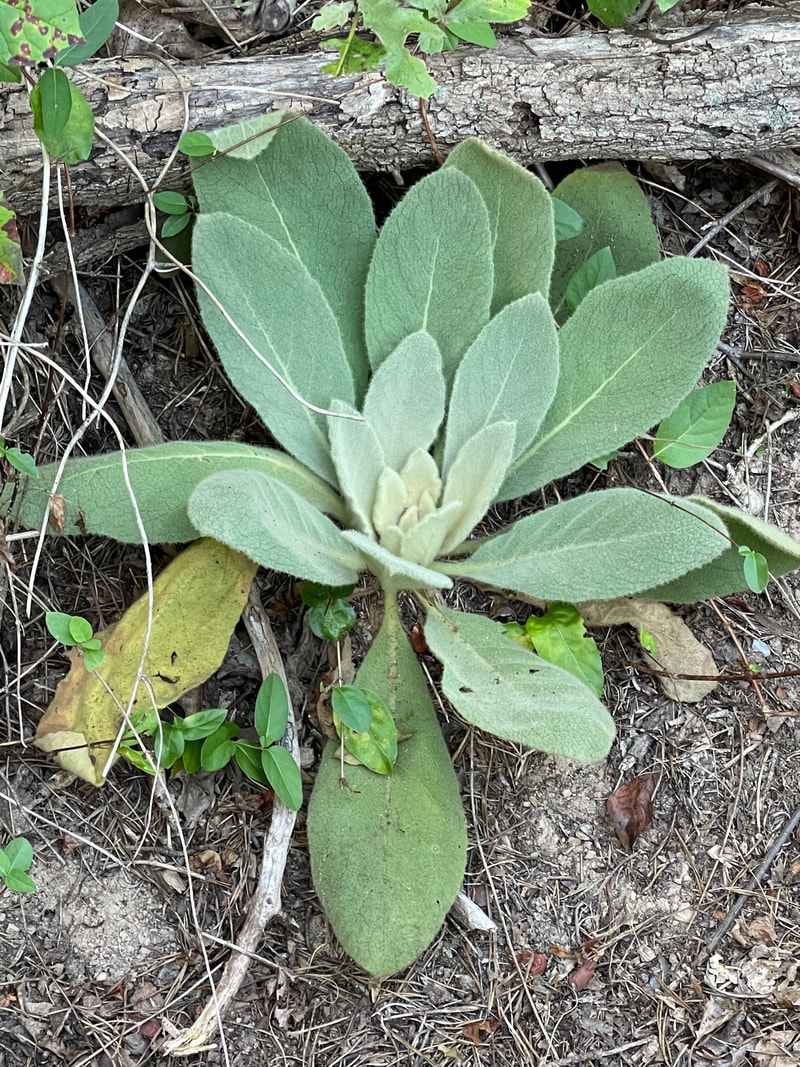

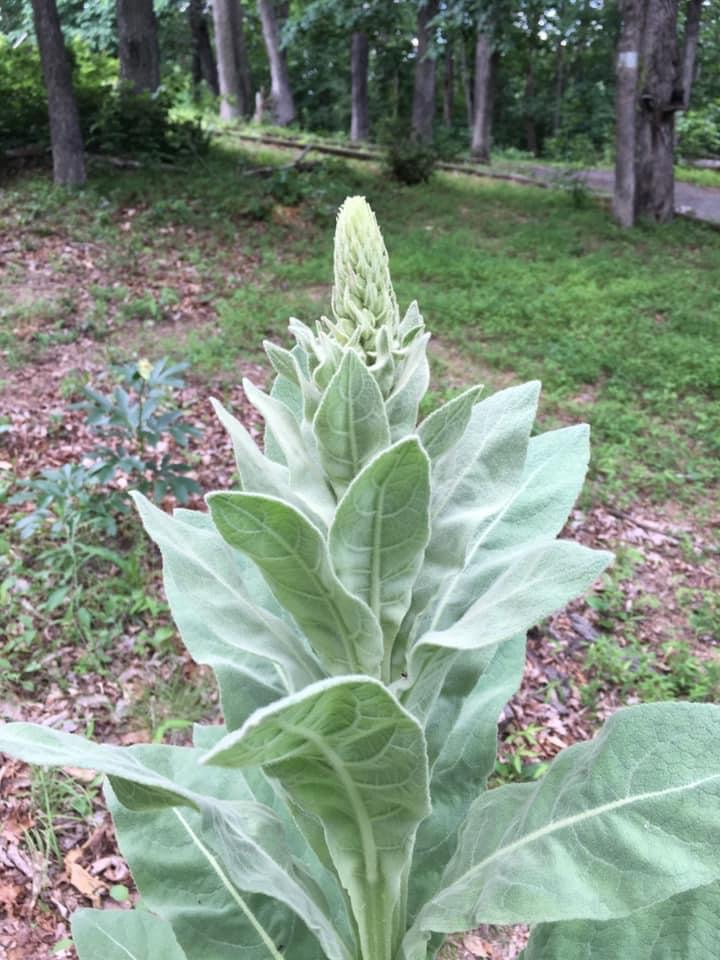
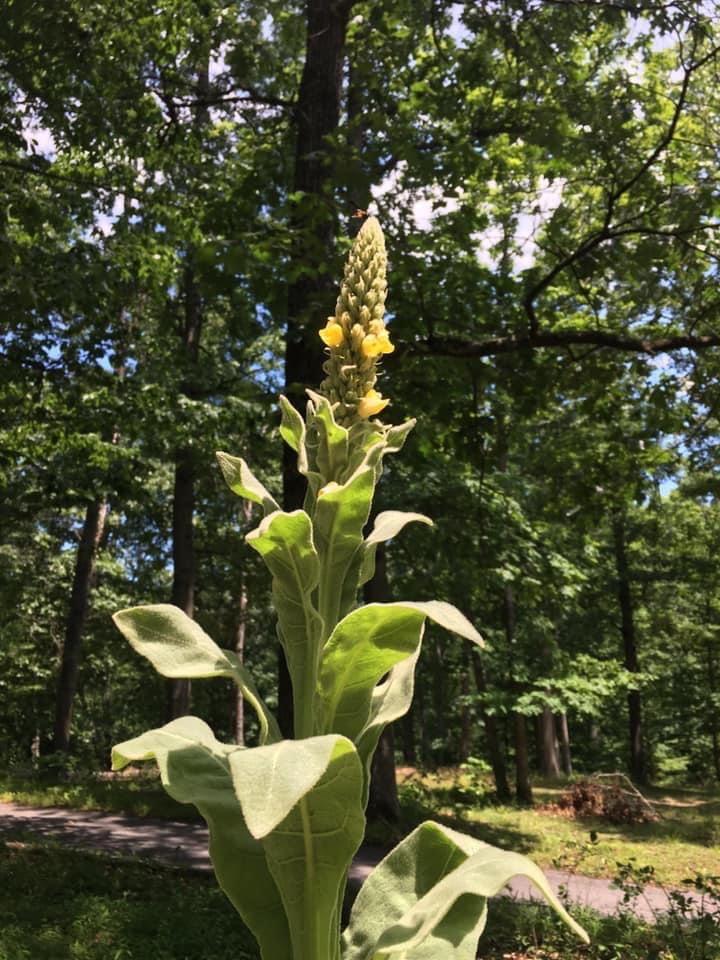

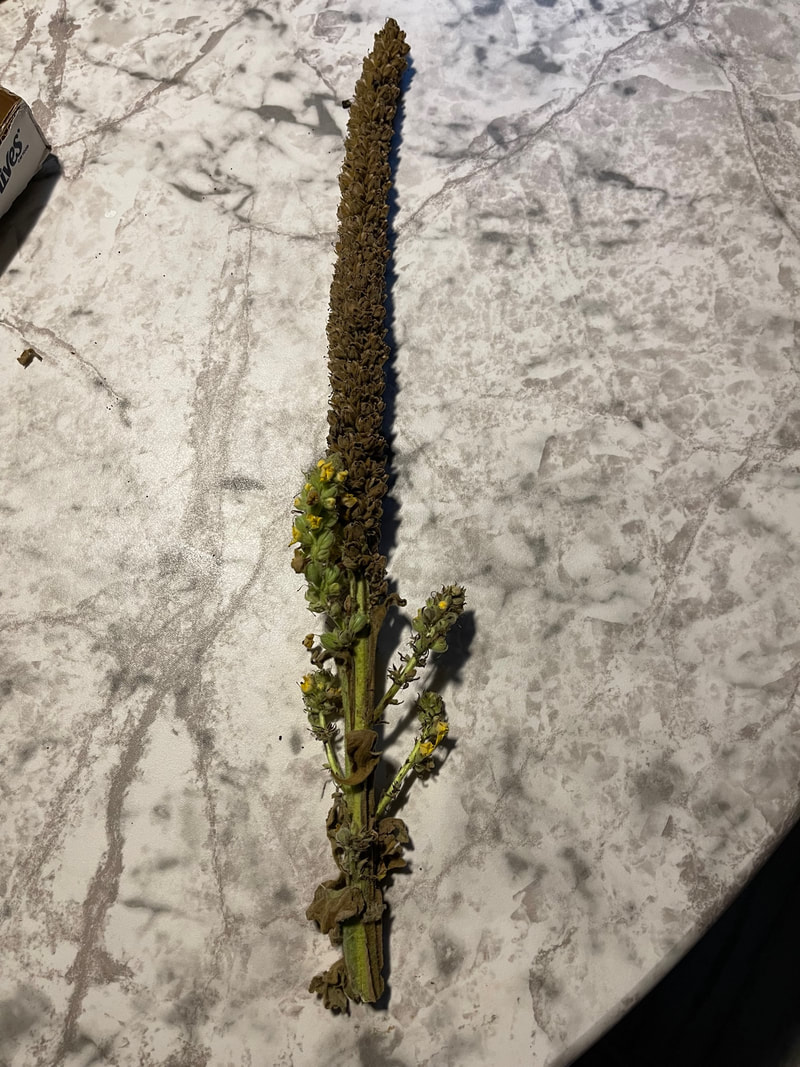

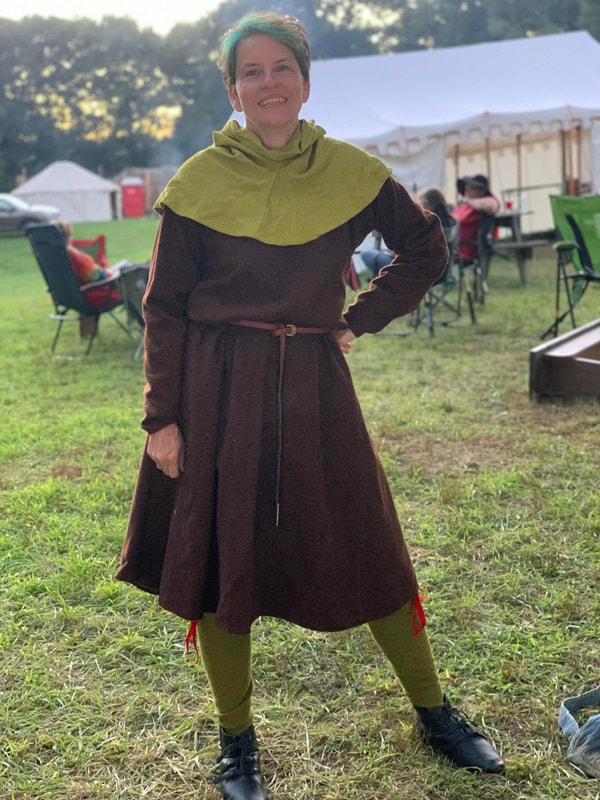
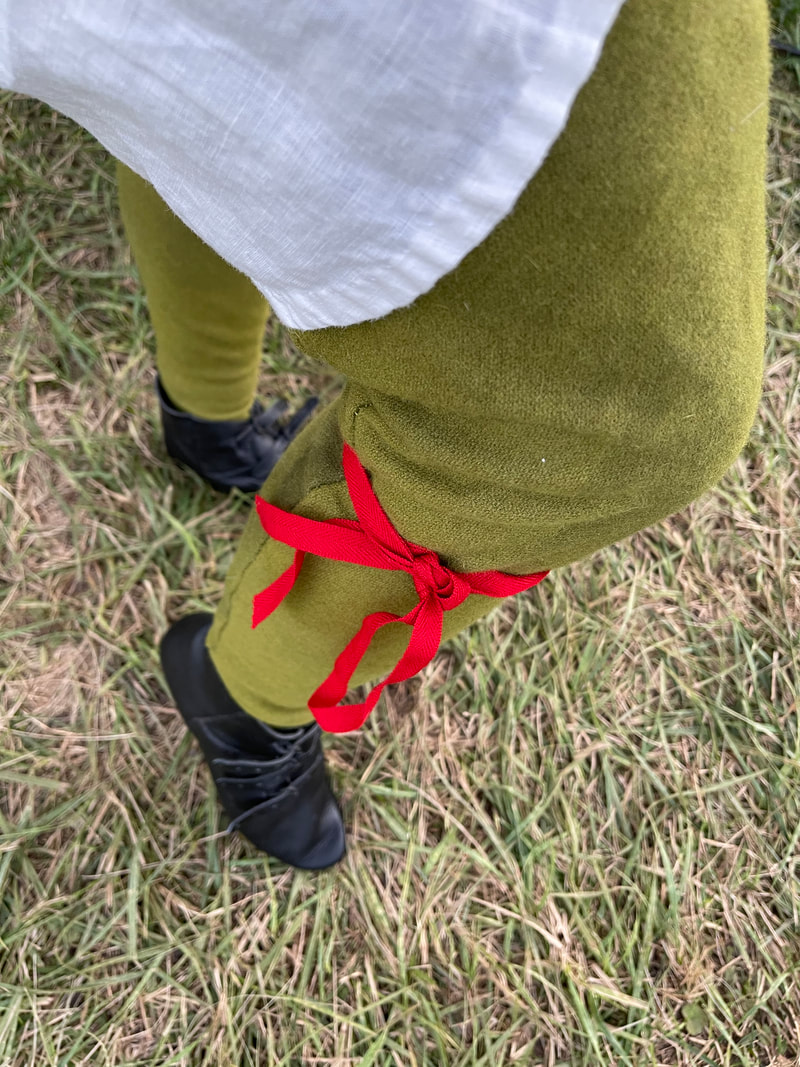





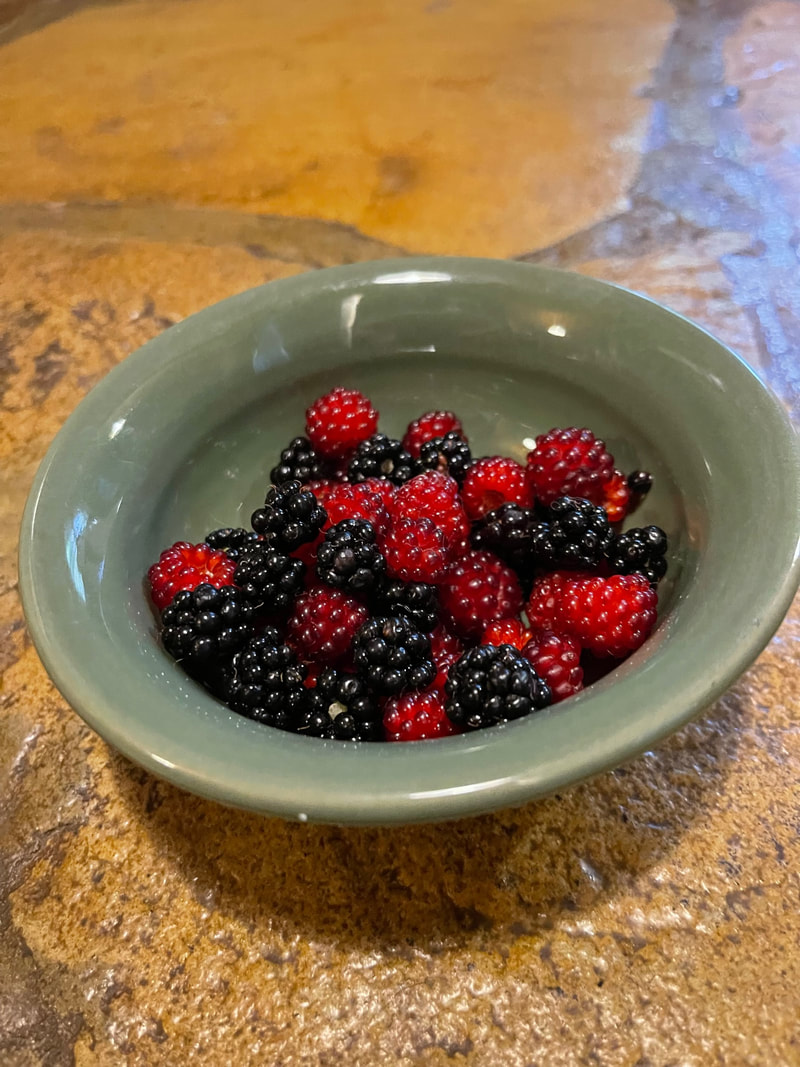
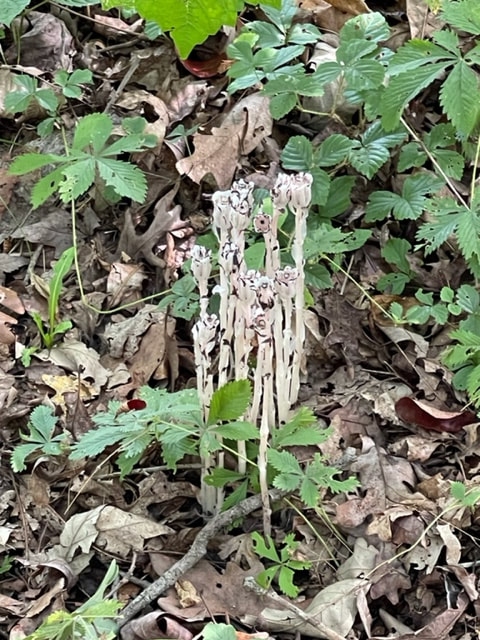
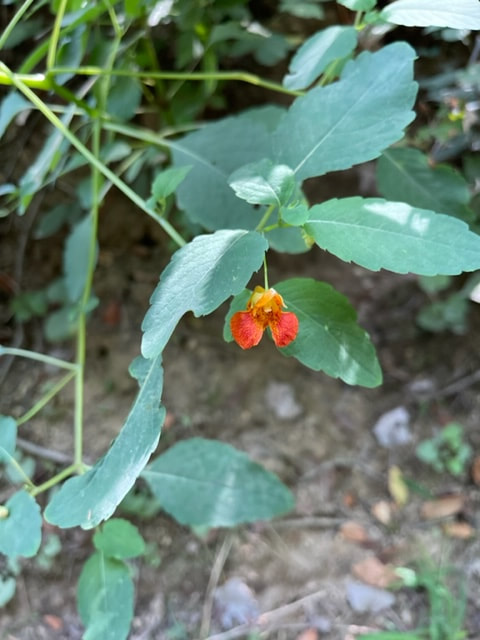
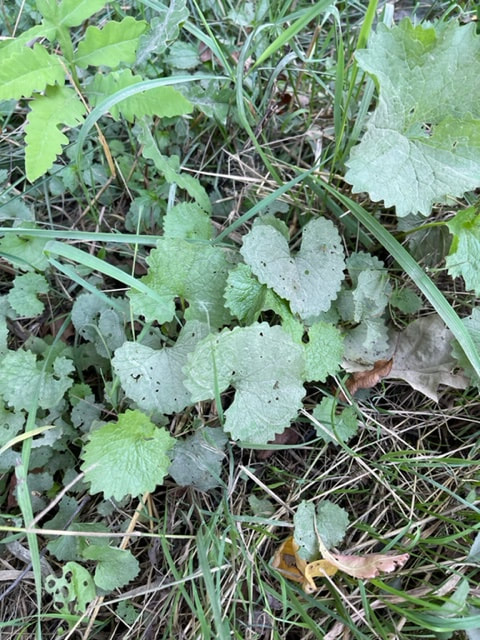
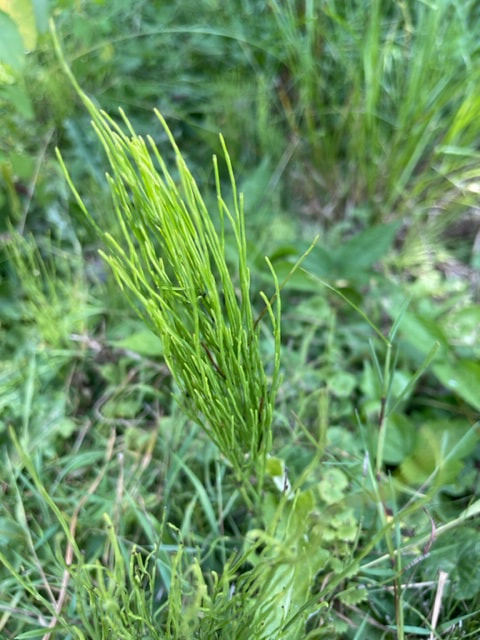



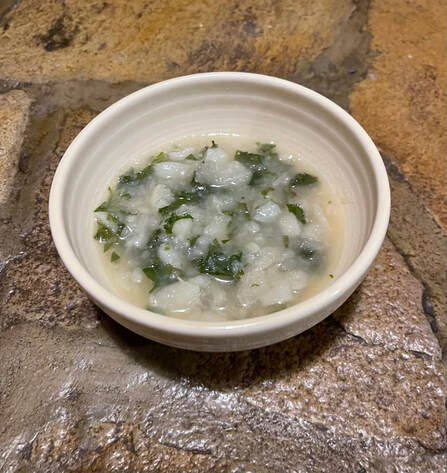



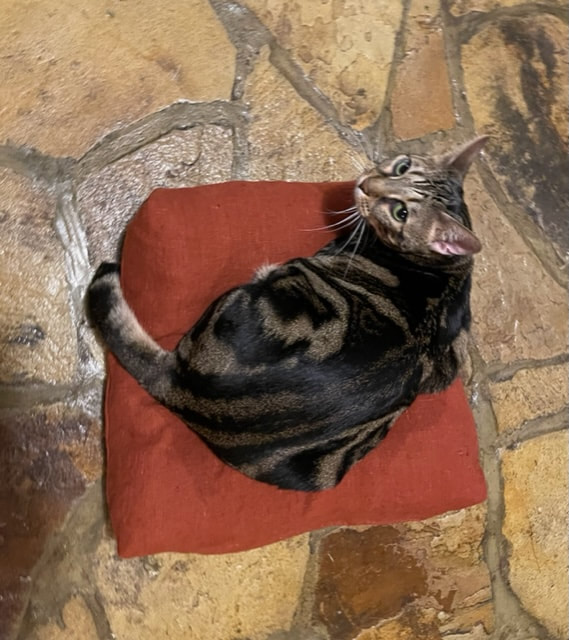
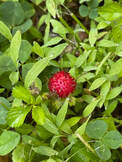

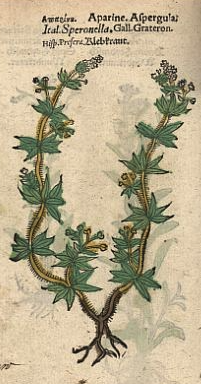
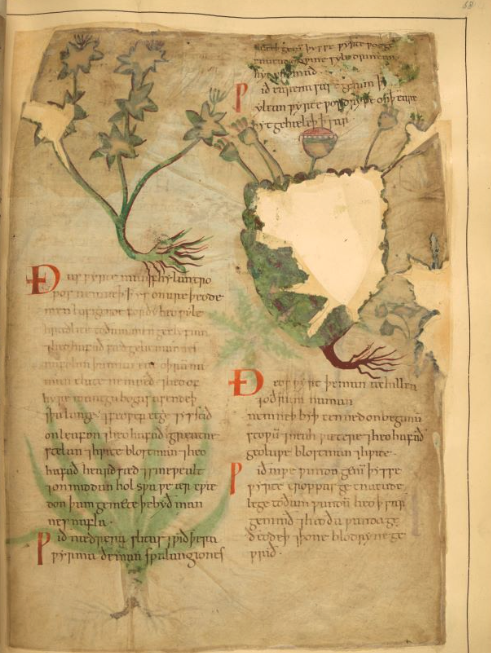

 RSS Feed
RSS Feed